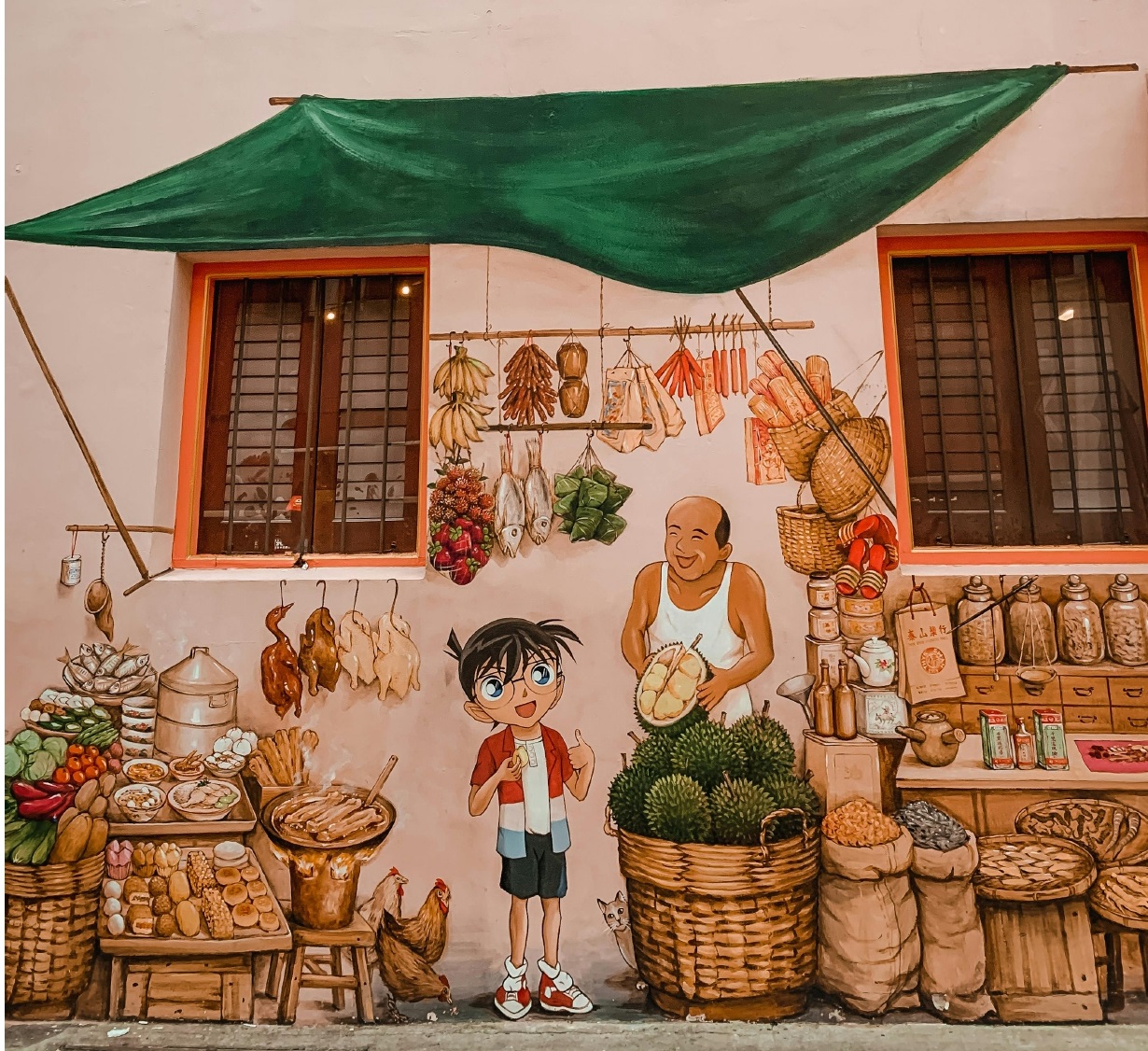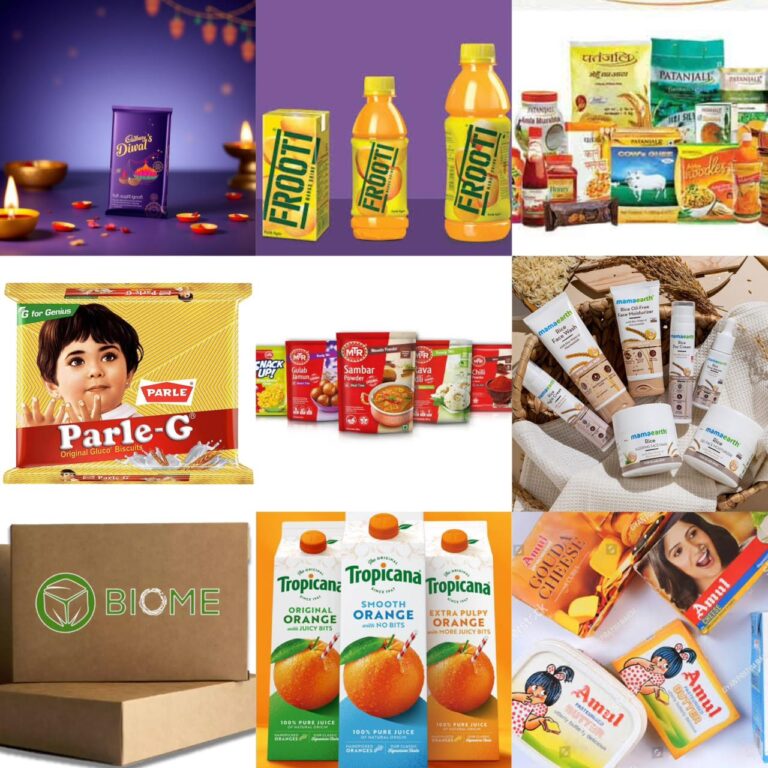Offline vs. Online vs. Omnichannel: Decoding the Best Route to the Market-a
Choosing the wrong distribution channel can kill your new product launch.
It is a wild jungle out there.
If you are not careful, you can become your competitor’s lunch. Where you want to sell your product is the most important decision you will ever take.
To illustrate, I have taken skincare category. It is the fastest growing category with maximum action taking place. It showcases the path taken by successful brands.
Let’s dive into the Offline distribution channel.
a. Offline (Brick-and-Mortar Stores)
- Advantages:
- Tangibility: Customers can physically experience the product, test textures, and smell fragrances before buying.
- Personalized Consultation: Trained sales staff can provide personalized recommendations and address customer concerns.
- Brand Building: Physical stores contribute to brand visibility and create an immersive brand experience.
- Disadvantages:
- High Initial Investment: Setting up and maintaining physical stores involves significant capital expenditure.
- Limited Reach: Geographical reach is restricted to the locations of the stores.
- Operational Costs: Inventory management, staffing, and store maintenance incur ongoing costs.
- Examples:
- Nykaa: Successfully launched its own offline stores, Nykaa Luxe and Nykaa On Trend, offering a curated selection of beauty and personal care products.
- The Body Shop: A well-established global brand that has expanded its presence in India through franchise-owned stores, offering a wide range of natural and ethical skincare products.
b. Offline (Modern trade outlets)
- Advantages
- Organized and Convenient Shopping Experience: Modern trade outlets offer a clean, well-organized, and air-conditioned environment. They have a wide variety of products displayed systematically, making it easy for consumers to find what they need.
- Wider Product Range: These outlets typically stock a broader range of products compared to traditional stores, including national and international brands, giving consumers more choices.
- Quality Assurance: Modern trade outlets often have stricter quality control measures, ensuring that products meet certain standards, giving consumers confidence in their purchases.
- Competitive Pricing and Promotions: Due to their larger scale and bulk purchasing, modern trade outlets can often offer competitive prices and attractive promotions, benefiting price-conscious consumers.
- Enhanced Shopping Experience: Many modern trade outlets offer additional services like loyalty programs, home delivery, and online shopping options, making the overall shopping experience more convenient and enjoyable.
- Level playing field:If you are a new brand , you can still display your product next to well established brands. So consumer can choose your brand against Dove or Pantene brand on the same shelf.
- Disadvantages
- Limited Reach in Rural Areas: While growing, modern trade outlets are still primarily concentrated in urban and semi-urban areas, leaving a large portion of the rural population underserved.
- Potential for Monopolistic Practices: The dominance of a few large players in the modern trade sector can lead to concerns about monopolistic practices and their impact on smaller retailers and suppliers.
- High Listing/operational Costs: The high costs associated with listing or registering your brand in modern trade chains like Reliance or Nykaa can lead to high initial expense.
- Impact on Small Retailers: The growth of modern trade can pose a challenge to small, independent retailers who may struggle to compete with their larger counterparts.
1. How many modern trade outlets are there in India?
There are approximately 20,000-25,000 modern trade outlets in India, with the number continuing to grow.
2. Which are the personal care brands that have been very successful in modern trade?
- Hindustan Unilever: With brands like Dove, Lux, Lifebuoy, and Sunsilk
- Procter & Gamble: With brands like Pantene, Head & Shoulders, Gillette, and Olay
- L’Oreal: With brands like Garnier, Maybelline, and L’Oreal Paris
- Dabur: With brands like Vatika, Dabur Amla, and Real
- Marico: With brands like Parachute, Saffola, and Set Wet
- Emami: With brands like Fair and Handsome, Navratna, and Zandu Balm
These brands have leveraged the advantages of modern trade outlets to reach a wider consumer base, offer a variety of products, and build strong brand presence.
So, What’s your best bet ?
In summary, you cannot ignore offline market as more than 90 % of the consumer products are sold on offline segments.
a) If you are a startup with a new brand, identify a small geographical location, target only A-class retail outlets if you are a premium brand . This will depend on the budget allocated to this activity.
b) Similarly choose the relevant modern outlet chains, negotiate for a better deal to promote the products.
c) Hire a small sales team to service retail and modern trade outlets. Please note that an effective sales team is mandatory. Please do not outsource this to a distributor.
d) Please allocate a small budget to promote your brand at the retail/modern outlets. If it is a food product, a sampling exercise can really lift your brand
Note: Please look at the next article to learn more about online, omni-channel, and direct sales routes.

About the author: Hemant is the Founder & CEO of the branding and marketing firm ”Neeti Brand Accelerator” in Mumbai. He is a brand strategist and has worked with more than 150 brands during the last two decades. He is also a mentor and coach to SMEs and startups. You can visit the website neeti.biz. You can contact him at hemant@neeti.biz







